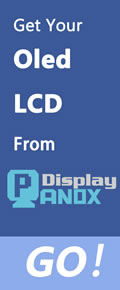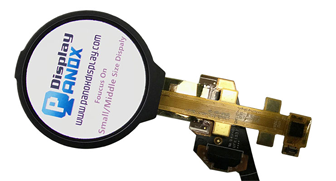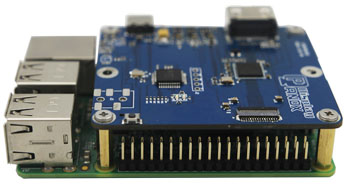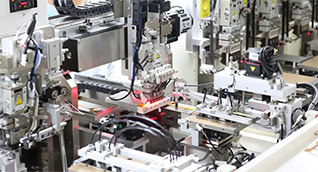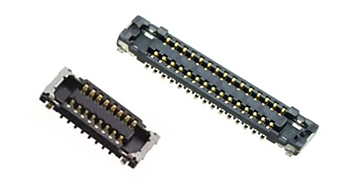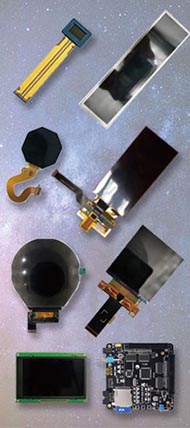Flexible OLED (Organic Light Emitting Diode) technology has quickly changed the display industry. Transforming smartphones, wearable devices, car dashboards, and foldable tablets.
Flexible OLED displays look modern. However, it's important to think about their advantages and disadvantages. Consider these factors before using them in your product designs.
In this article, we will explain the main advantages and disadvantages of flexible OLED technology. This will help engineers, developers, and businesses make better choices.
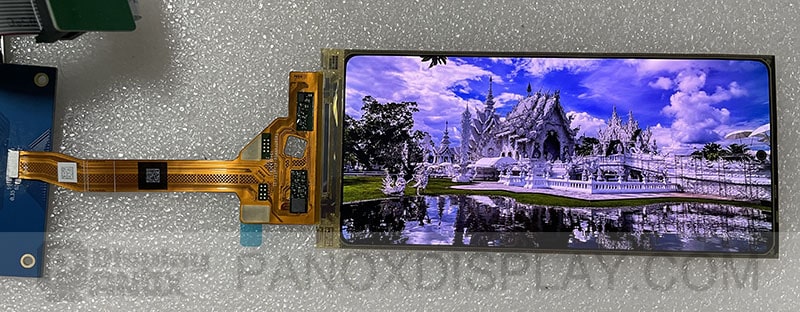
What is Flexible OLED?
Flexible OLED displays are built using organic materials that emit light when electricity is applied. Flexible OLEDs are made on plastic materials like polyimide. This lets them bend, roll, or fold without breaking. This opens exciting design possibilities for next-generation consumer electronics and industrial applications.
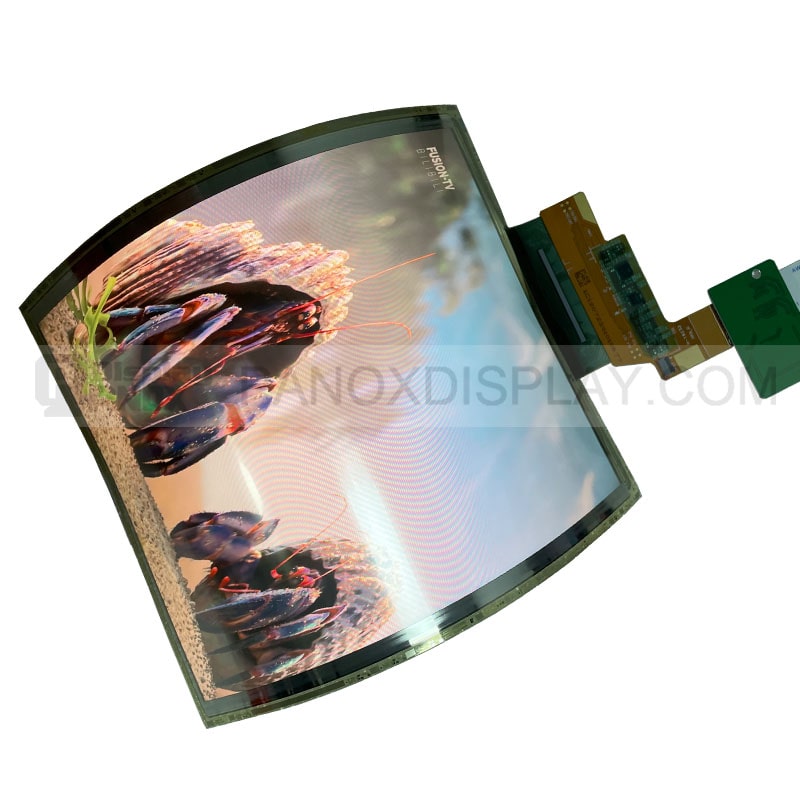
Advantages of Flexible OLED Displays
1. Ultra-Thin and Lightweight
One of the standout benefits of flexible OLED technology is its thinness and low weight. Since it doesn t require a backlight or glass substrate, flexible OLED panels can be just a few millimeters thick. This makes them ideal for portable electronics, foldable phones, and slim wearable devices.
2. Bendable and Durable Design
The use of flexible substrates gives OLED panels an edge in durability and shock resistance. These displays can bend, curve, or fold without damage, making them more resilient than traditional LCD or rigid OLED screens. This is particularly useful in rugged environments or dynamic applications like foldable smartphones and automotive interiors.
3. High Contrast and Vibrant Colors
Like all OLEDs, flexible OLEDs offer deep blacks, high contrast ratios, and wide color gamuts. Each pixel emits its own light, allowing for true black levels and vivid color rendering. This visual quality makes them a top choice for high-end displays and AR/VR devices.
4. Energy Efficiency
Flexible OLEDs are more power-efficient than LCDs because they don't require a backlight. Only active pixels consume power, leading to longer battery life especially beneficial for wearable tech and mobile gadgets.
5. Innovative Product Designs
Perhaps the biggest advantage of flexible OLED is the freedom it provides to industrial designers. From rollable TVs to foldable smartphones and wrap-around displays, the flexibility encourages innovation across multiple industries.
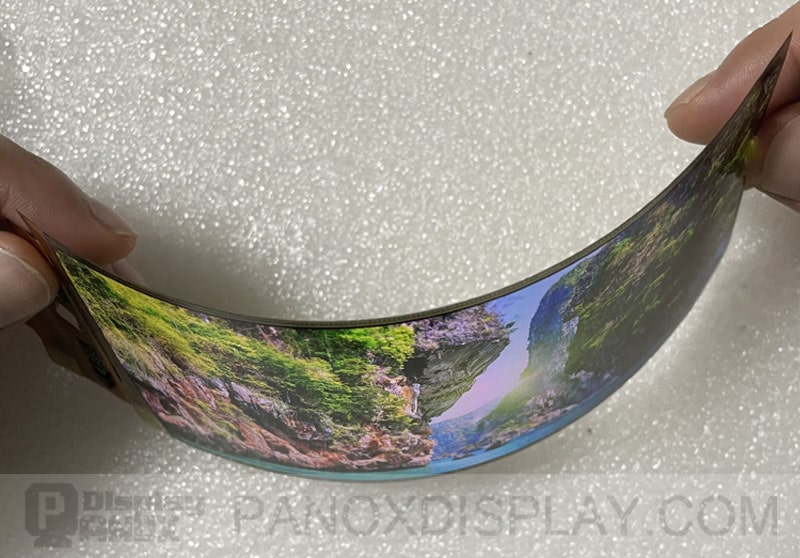
Disadvantages of Flexible OLED Displays
1. Higher Manufacturing Costs
Even with better mass production, flexible OLEDs still cost more to make than traditional LCD or rigid OLED panels. The specialized materials, advanced encapsulation techniques, and complex fabrication processes contribute to higher unit costs.
2. Shorter Lifespan (Especially Blue Pixels)
While OLEDs offer excellent visuals, their organic compounds degrade over time, especially the blue subpixels. This can result in color shifting or reduced brightness after extended use, potentially affecting long-term performance.
3. Screen Burn-In Risk
OLED screens, including flexible ones, can have image retention or permanent burn-in. This happens when someone shows static images for too long. This remains a concern for UI designers and long-use applications like digital signage.
4. Moisture and Oxygen Sensitivity
The organic materials in OLEDs are highly sensitive to moisture and oxygen, requiring advanced sealing technologies. Any failure in encapsulation can lead to display degradation, making reliability a key challenge in certain environments.
5. Limited Availability for Large Displays
Flexible OLED is common in smartphones and wearables. However, large options over 20 inches are still rare and costly. The technology hasn't fully scaled to meet demands in TV or industrial display markets yet.

Flexible OLED displays are transforming the way we think about screen technology. Their thin, lightweight, and bendable nature enables stunning product designs and new user experiences. However, we must consider the drawbacks of the technology, including cost, longevity issues, and burn-in risks.
For applications where visual performance, design flexibility, and portability are paramount, flexible OLED is often the best choice. But for static or budget-sensitive applications, alternatives like mini-LED or rigid OLED may be more practical.
If you need flexible OLED, Contact Panox Display
Panox Display is a professional supplier of small and medium display technologies. We provide complete solutions for choosing flexible OLED displays, developing controller boards, and integrating systems. We maintain long-term partnerships with global flexible OLED manufacturers, supporting flexible configurations across multiple sizes, interfaces, and applications.
Panox Display is a reliable partner for various fields. It doesn't matter if you work in wearable devices, foldable smartphones, automotive displays, or smart home technologies. We help you create innovative and high-performance flexible OLED solutions.
|
Panel model |
Brand |
Interface |
Type |
Size (inch) |
Resolution |
P.S. |
|
Innolux |
MIPI |
AMOLED |
1.39 |
400 × 400 |
Flexible, Round Display |
|
|
Innolux |
SPI, MIPI |
AMOLED |
1.5 |
120 × 240 |
Flexible OLED |
|
|
Futaba |
SPI |
PMOLED |
1.8 |
160 × 32 |
Flexible OLED |
|
|
BOE |
MIPI |
AMOLED |
5.1 |
720 × 1520 |
Flexible OLED |
|
|
BOE |
MIPI |
AMOLED |
5.99 |
1080 × 2160 |
Flexible OLED |
|
|
BO064FA1080M |
BOE |
MIPI |
AMOLED |
6.42 |
1080 × 2340 |
Flexible OLED |
|
CSOT |
MIPI |
AMOLED |
6.52 |
2520 × 840 |
Flexible OLED |
|
|
Tianma |
MIPI |
AMOLED |
6.67 |
1080 × 2400 |
Flexible OLED |
|
|
Royole |
MIPI |
AMOLED |
7.8 |
1440 × 1920 |
Flexible OLED |
|
|
CSOT |
MIPI |
AMOLED |
8.01 |
2480 × 1860 |
Flexible OLED |









